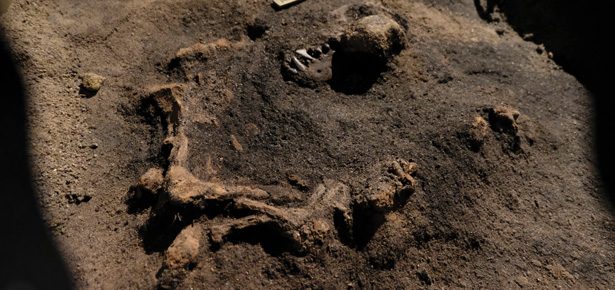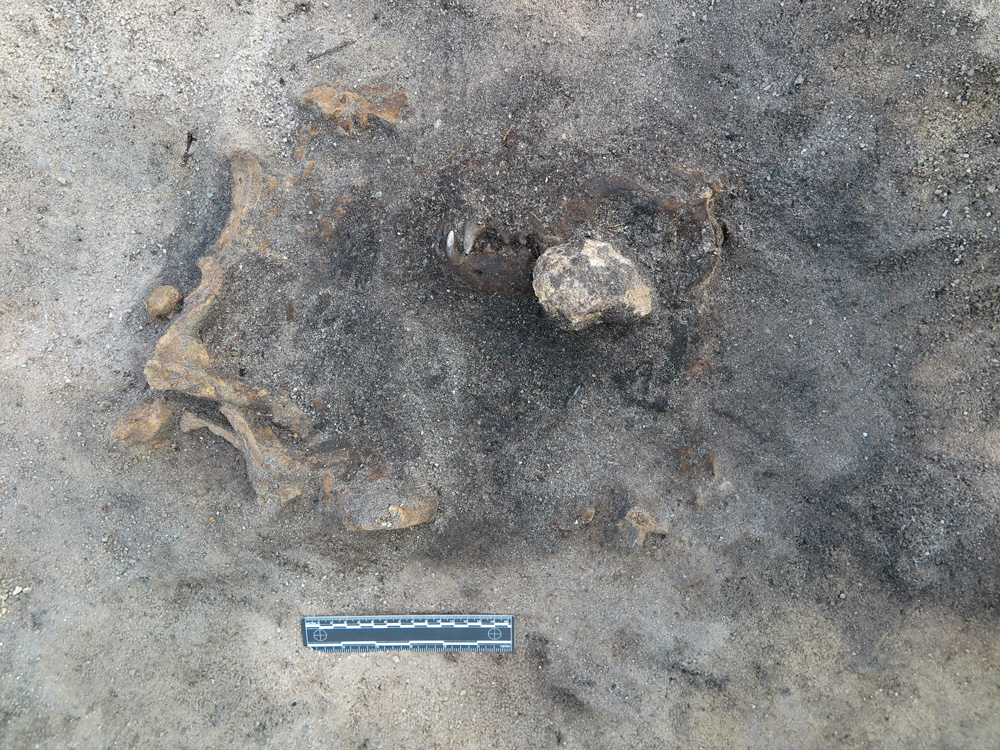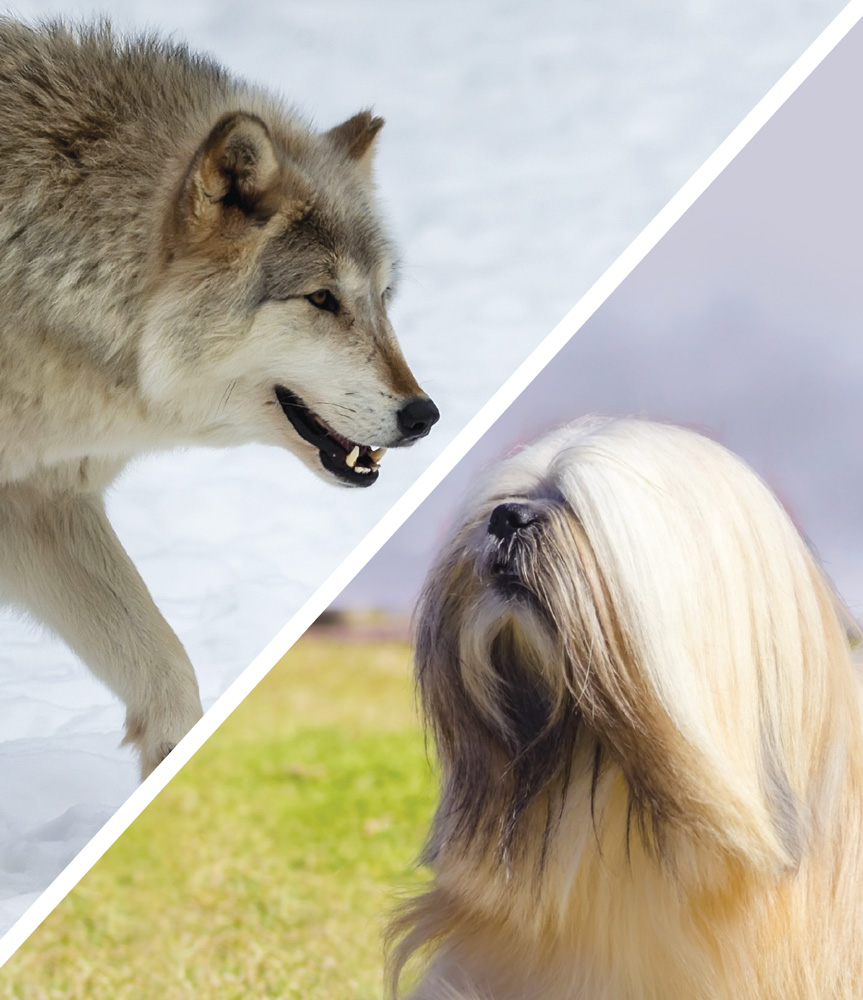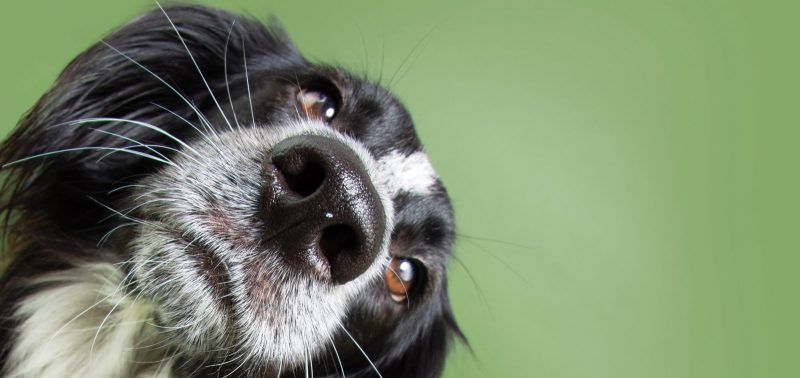

Archeologists Discover Dog Remains More Than 8,400 Years Old Buried Next to Human
“Man’s best friend” has even more enduring roots than previously thought.
“Man’s best friend” has even more enduring roots than previously thought. This fall, the archeology team from Blekinge Museum in Sweden discovered dog remains that are more than 8,400 years old. They were found buried next to a human in a site near the southern Swedish town of Solvesborg. Researchers involved in the dig believe the site was explored and occupied by hunters during the Stone Age.
Being part of a team making discoveries like this “makes you feel even closer to the people who lived here,” museum project manager Carl Persson said in a statement. “A buried dog somehow shows how similar we are over the millennia when it comes to the feelings like grief and loss.”
Photos courtesy of Blekinge museum, Christoffer Sandahl
The remains have been safely removed from the dig site and transported to Blekinge Museum for further study.
"The dog is well preserved, and the fact that it is buried in the middle of the Stone Age settlement is unique," the museum’s osteologist, Ola Magnell, told the Associated Press.
In August, a team at the University of Siena also discovered what are believed to be the oldest domesticated dog remains in two caves in southern Italy. These remains are estimated to be 14,000 to 20,000 years old. Such caves were also inhabited by humans during the same time period, the researchers wrote in their August Scientific Reports study.
“Dogs were the first animals domesticated by humans, long before the advent of agriculture,” the University stated. “Besides occupying a special place in our present day lives, dogs had important functional and symbolic roles throughout human history.”
Dog Domestication
DNA samples suggest that domestication started approximately 20,000 to 40,000 years ago, with the process beginning when wolves began to approach hunter-gather groups to scavenge for leftovers, says Krishna Veeramah, an evolutionary ecologist at Stony Brook University. The breeds we know today were created when dogs began to be bred for special skills, like herding.
Join the newsletter and never miss out on dog content again!
"*" indicates required fields
By clicking the arrow, you agree to our web Terms of Use and Privacy & Cookie Policy. Easy unsubscribe links are provided in every email.







